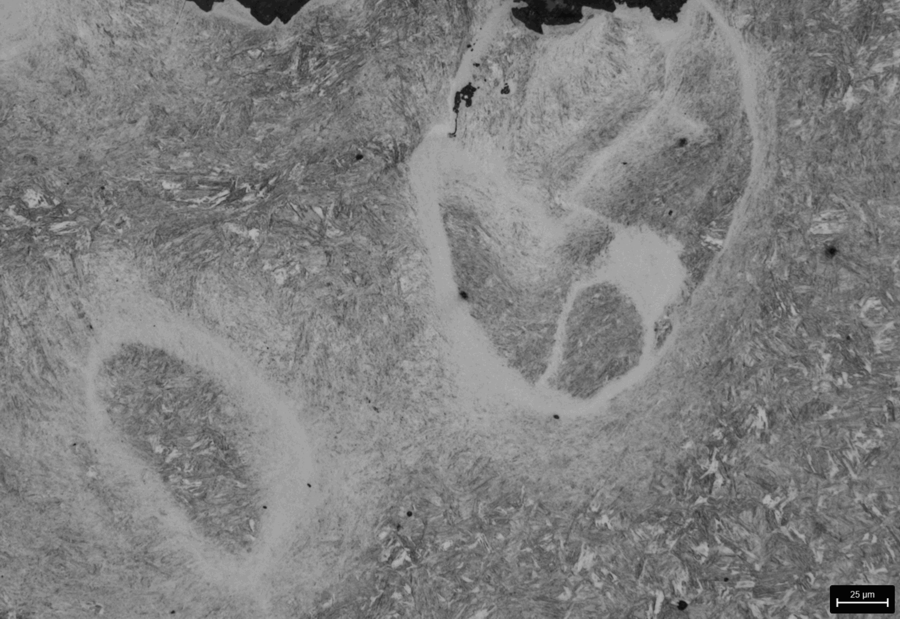The demanding environments typically encountered by the wear resistant steels create challenges for the materials selection, because the hardness grades of the steels alone do not reveal the true nature of their wear behavior. In this study, five commercial wear resistant steels were tested using three application oriented test methods with five different test variables for abrasion, impact-abrasion, and slurry erosion. All the used test methods produced high-stress conditions that crushed the used mineral abrasive, plastically deformed the sample surfaces, and led to the formation of adiabatic shear bands. When the results produced by the chosen methods were compared, the normalization of the wear losses by the wear area and test time revealed well the differences between the methods. The test methods ranked the steels similarly, but there were clear differences in the wear rates and wear mechanisms between the tests. In addition, the abrasive methods produced surface adiabatic shear bands, while subsurface shear bands were initiated by the more impacting methods. In the studied conditions, the work hardening ability of the steel had a clear influence on its wear resistance, which largely explains the marked differences in the wear rates of the studied commercial 500HB grade steels.
Kati Valtonen, Niko Ojala, Oskari Haiko, Veli-Tapani Kuokkala, Comparison of various high-stress wear conditions and wear performance of martensitic steels, Wear 426–427:3-13(2019)
Available as open acess with this link until May 30th 2019: https://authors.elsevier.com/a/1YslB9q8NgPXT

